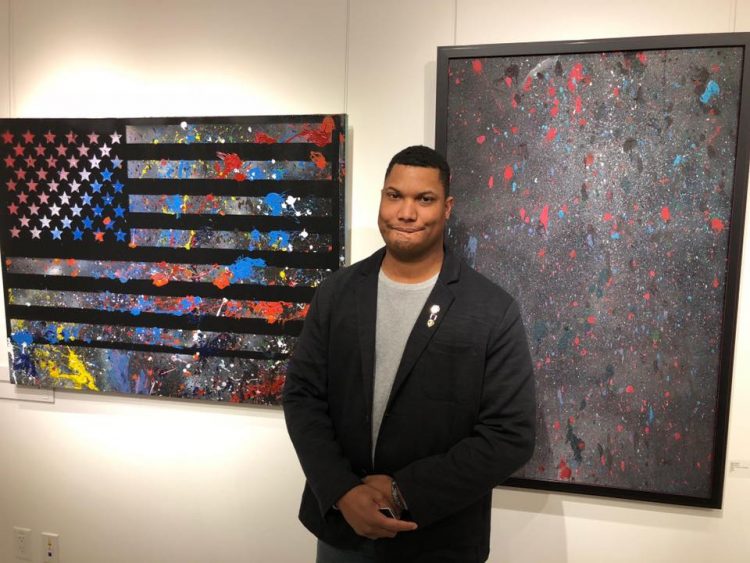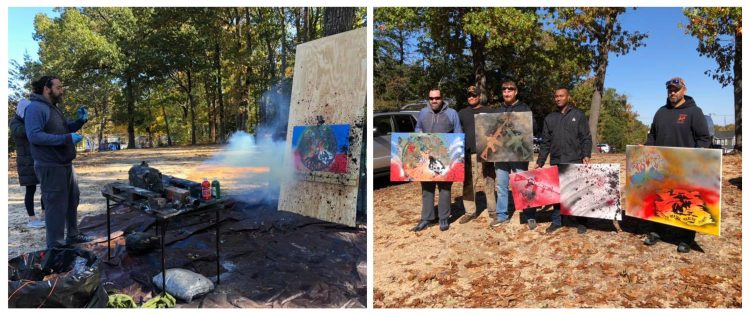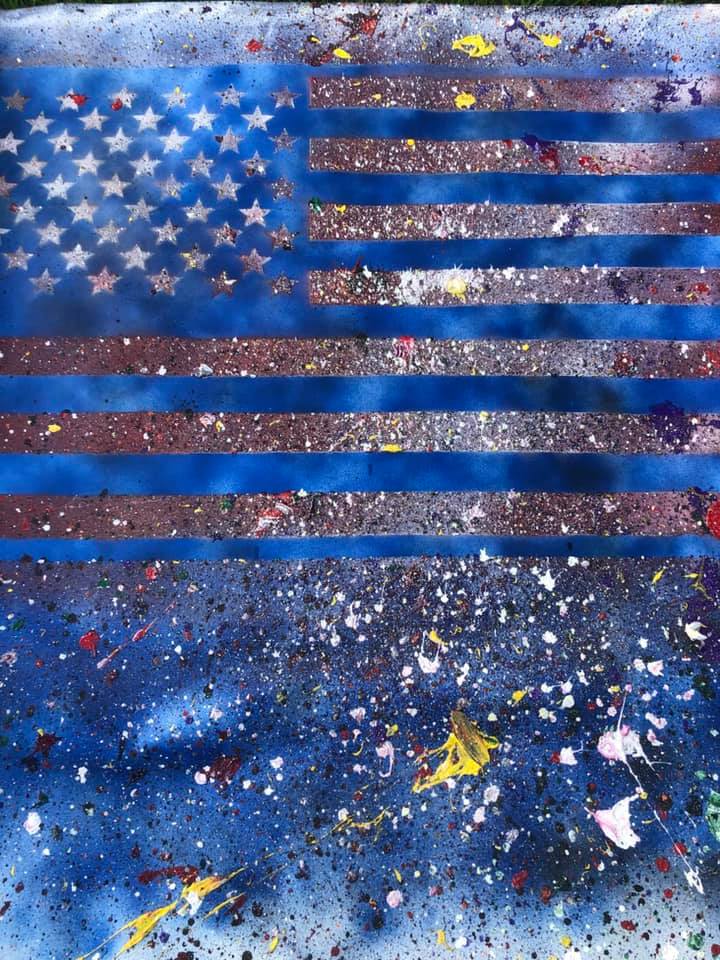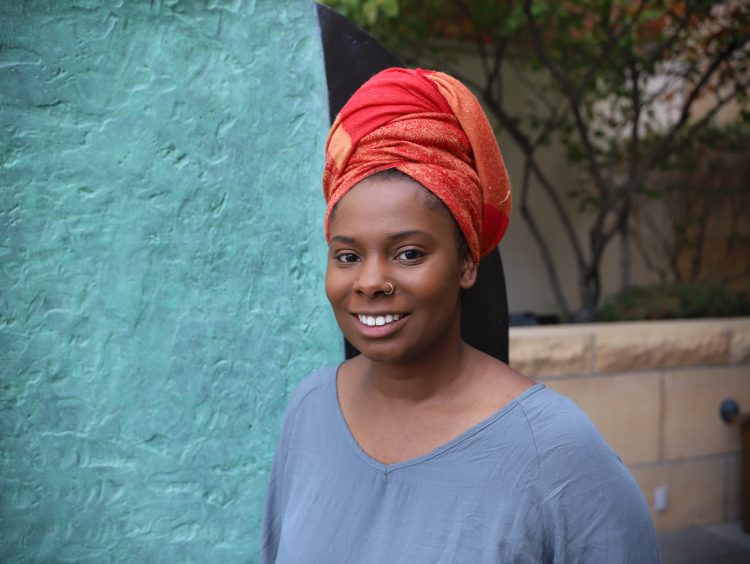On Thursday, November 14, join The Phillips Collection and the University of Maryland for “Artists of Conscience: Veterans, Art & Wellness,” a conversations about the impact that art and art therapies can have on the lives of veterans with post-traumatic stress disorder (PTSD), traumatic-brain injury (TBI), and other combat-related psychological health conditions.
Ben King, Purple Heart Recipient and Founder of Armor Down, is one of the speakers. Armor Down creates products, programs, and techniques for forward-thinking warriors and transitioning veterans to cultivate resiliency and well-being when returning to the civilian theater. Through the use of methodologies such as strength training, breathing, and stretching, the goal of Armor Down is to ensure our warriors lead the most healthy and happy lives after returning home. In 2014, Armor Down inaugurated Mindful Memorial Day, an annual event at Arlington National Cemetery to honor the fallen in a mindful manner with the hanging of yellow ribbons and fallen warrior cards–one for each service member killed in-theater since September 11, 2001.
Ben shares with us how art and mindfulness can help heal.
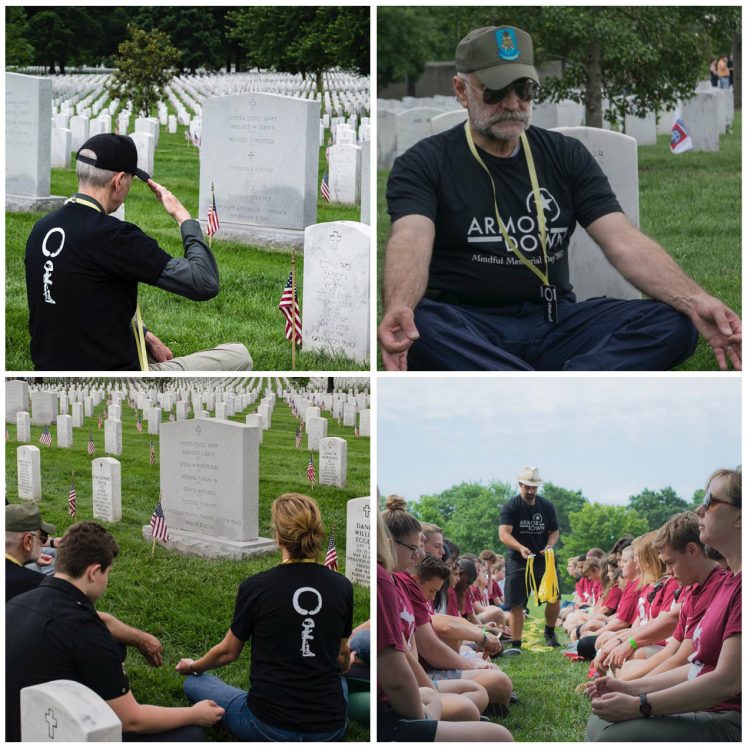
Mindful Memorial Day at Arlington National Cemetery
Do you think that art and the military only has a place in recovery, or could you see art therapy during active duty having benefits? Is this already a practice?
Yes, art therapy extends beyond recovery. Sand tables are spaces created by leadership to portray meaning and understanding that goes deeper than language. I don’t think a warrior would call it art therapy, but I bet there are some hard-chargers out there that would brag about their sand table making skills.
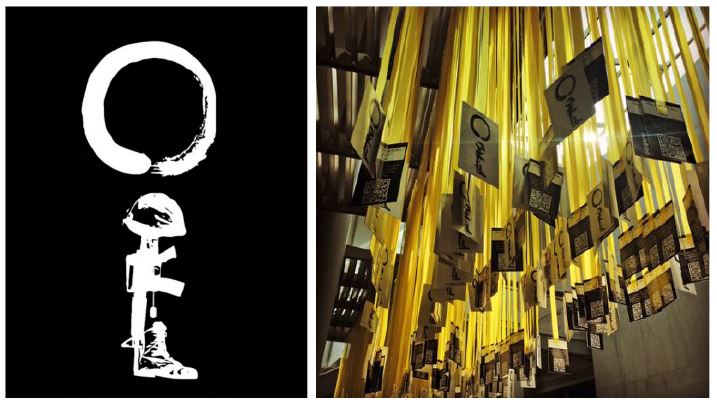
The incomplete circle above the rifle symbolizes Mindfulness. Mindfulness is the practice of bringing our fullest attention into the present moment. The rifle, helmet, boots and dog tags symbolize a service member who died in a combat theater. The two symbols together represent our sacred responsibility to honor the fallen in a mindful manner.
What does mindfulness mean to you? How does this relate to art therapy?
Mindfulness creates space for what is happening in the present moment to be noticed without the head space taking over the moment by thinking or judgment. Because art can communicate and break through barriers that language, thinking, and storytelling can create, mindfulness is the perfect compliment to art therapy. Through mindfulness, the head story becomes more transparent. With less focus on the head story, the feelings of the trauma can be felt and appropriately expressed. Often what is expressed wasn’t recognized by the story. When the story and the expression collide there is often insight, healing, and post-traumatic growth.
What do you hope to accomplish at this forum? What message are you trying to get out there?
The head story is not the whole story. Mindfulness can help you manage the head story and art can help you express what been there all along.
What do you hope to see from the NEA Creative Forces initiative?
The old ways of managing trauma are dead.
Join us on November 14 to hear from Ben King and other veterans on the healing powers of art.

